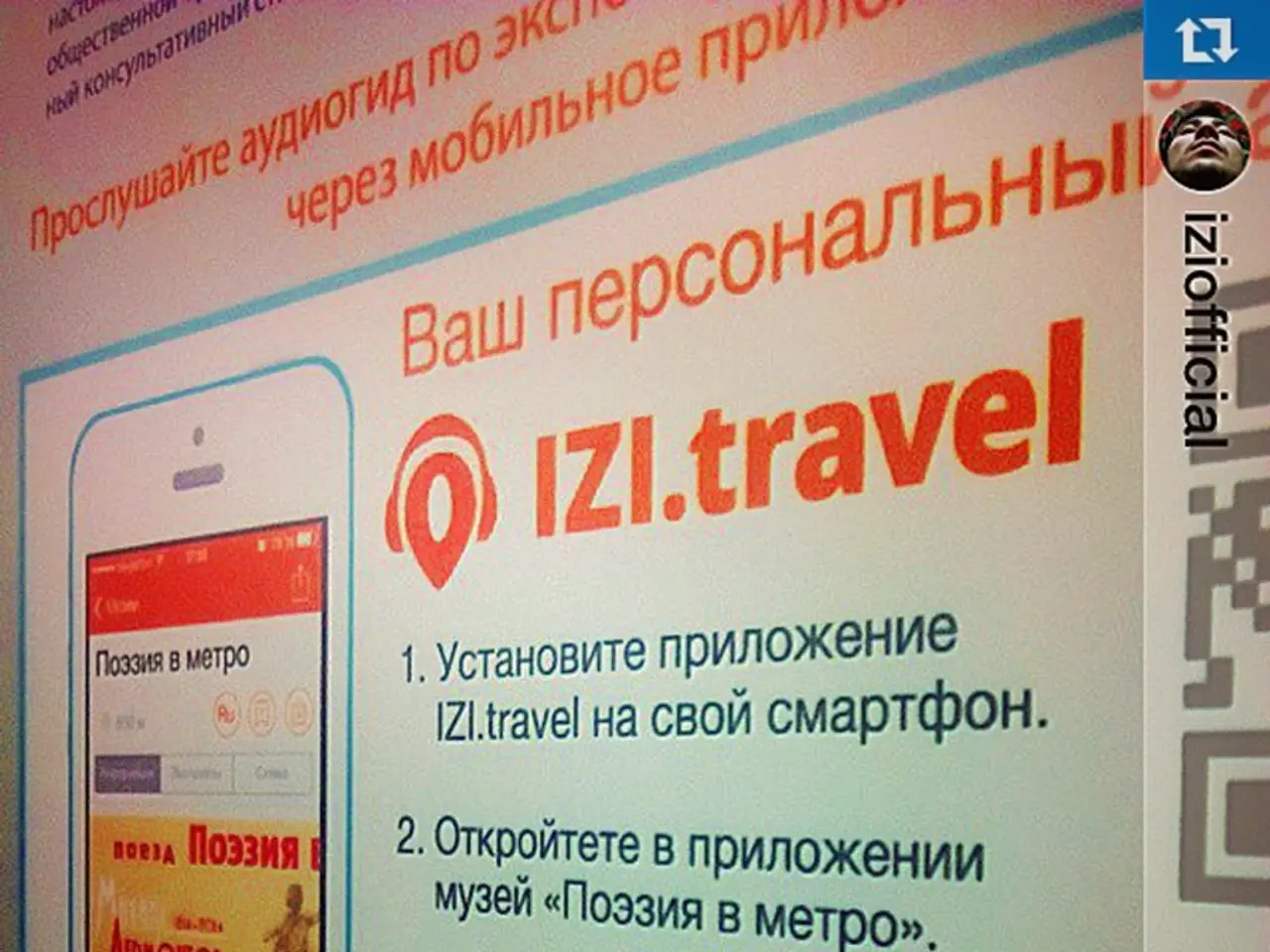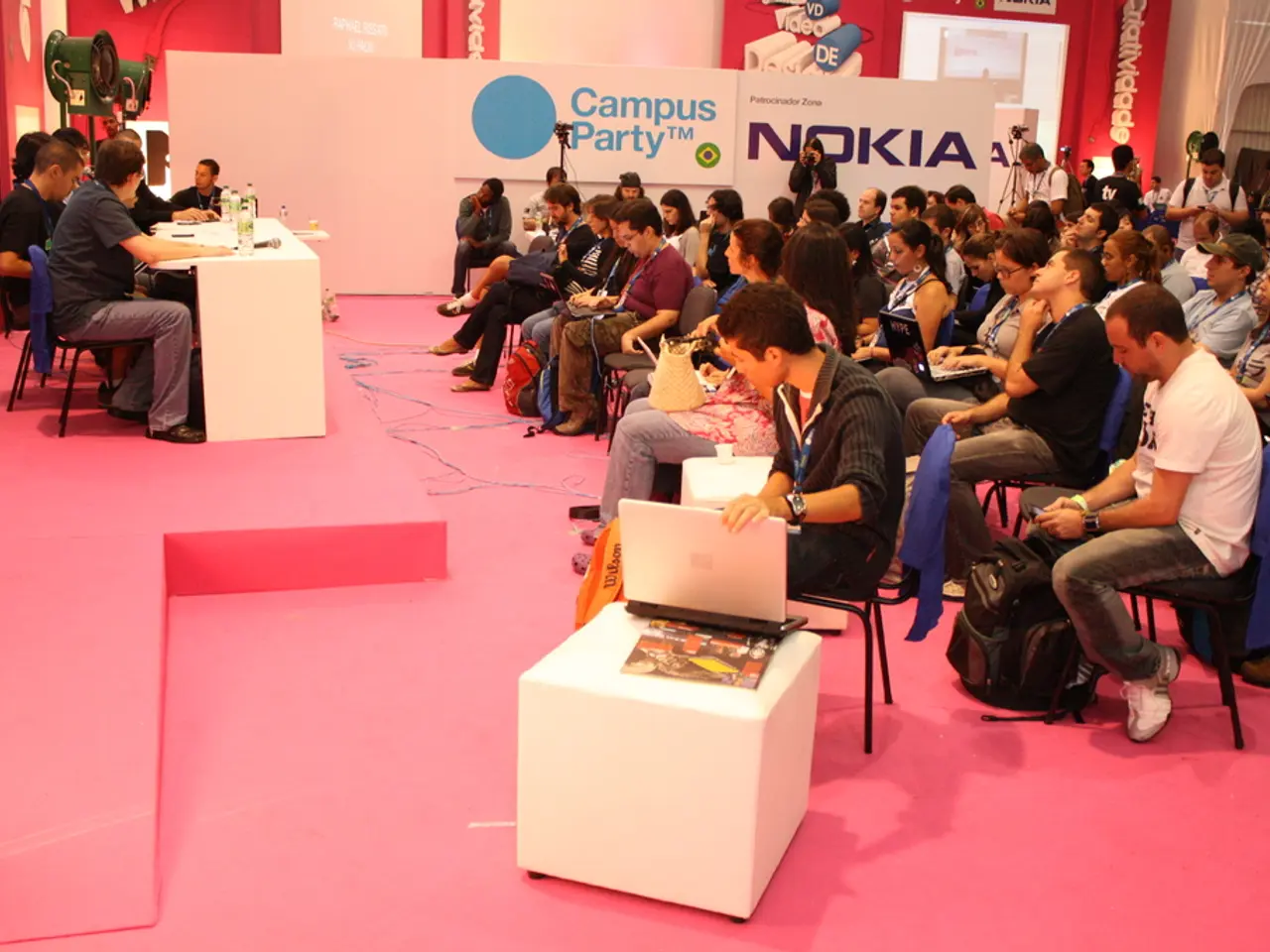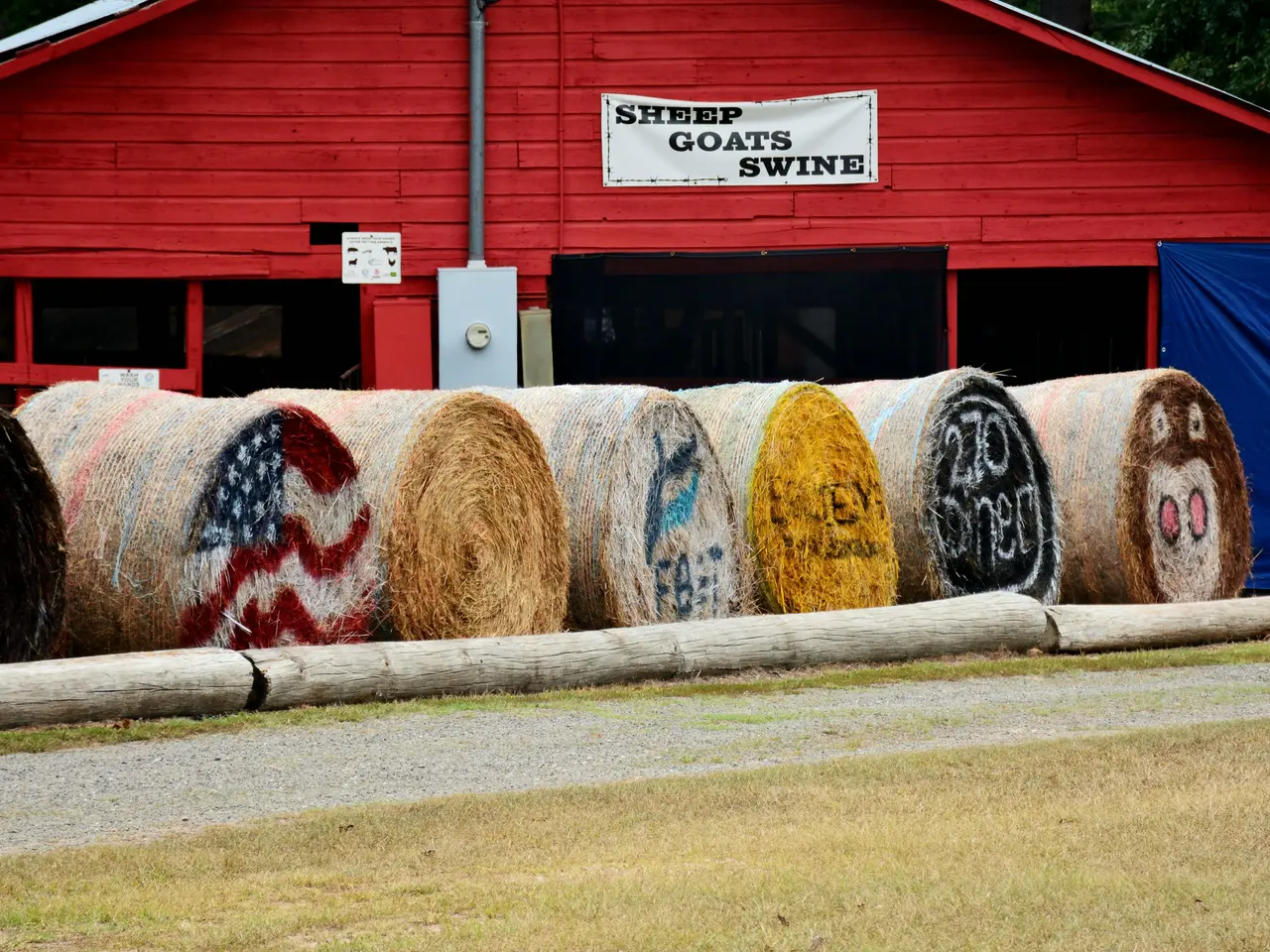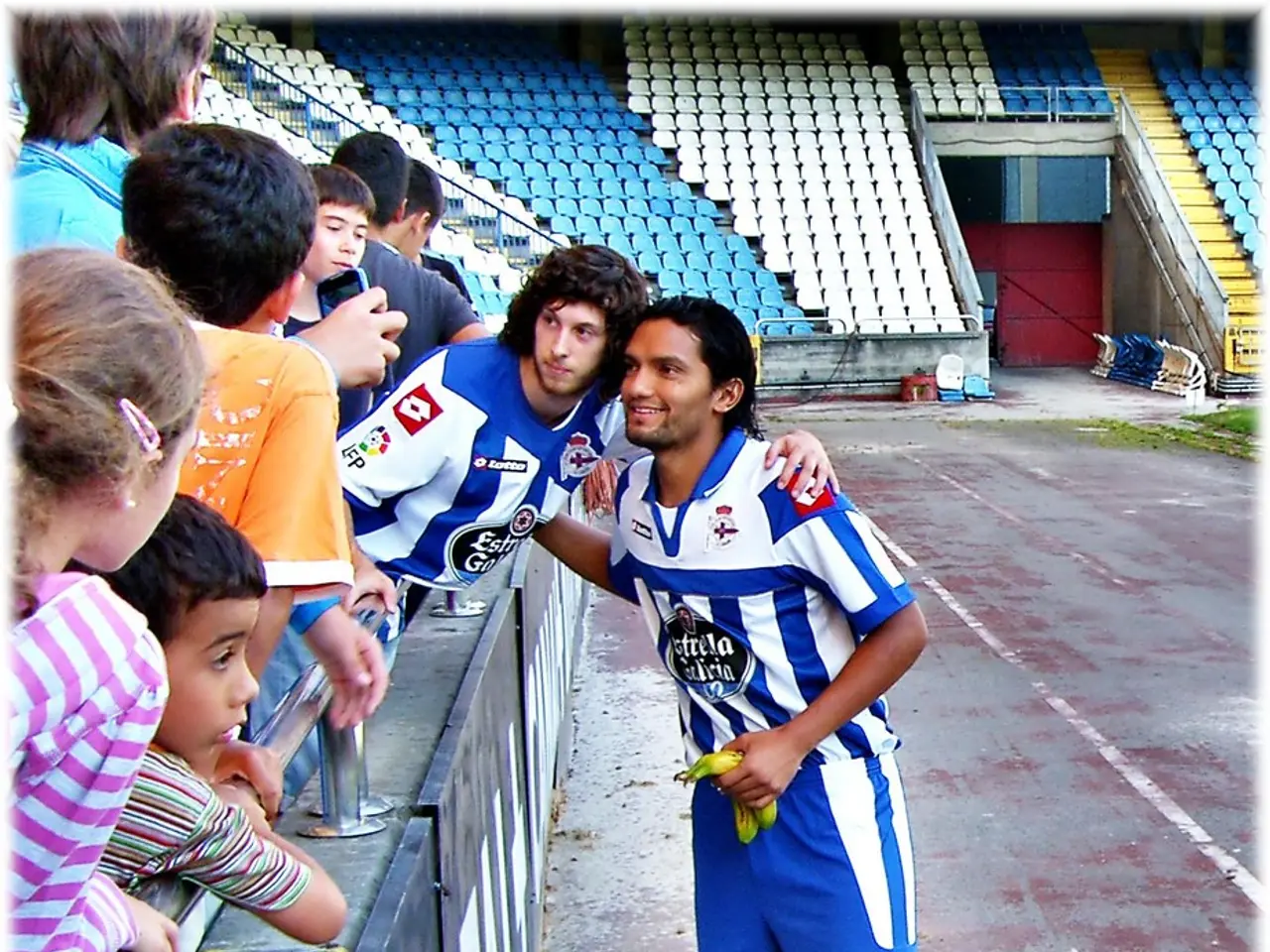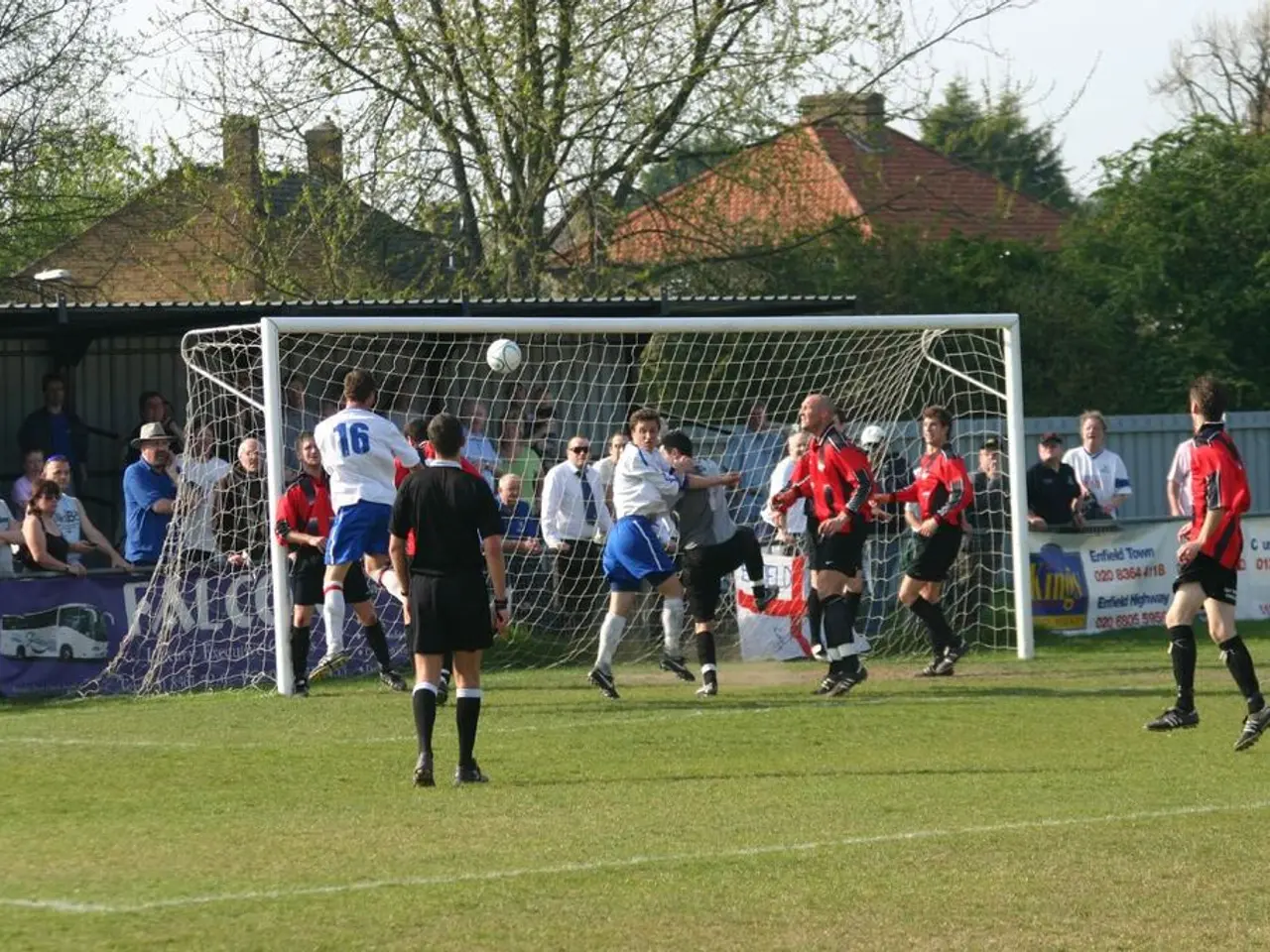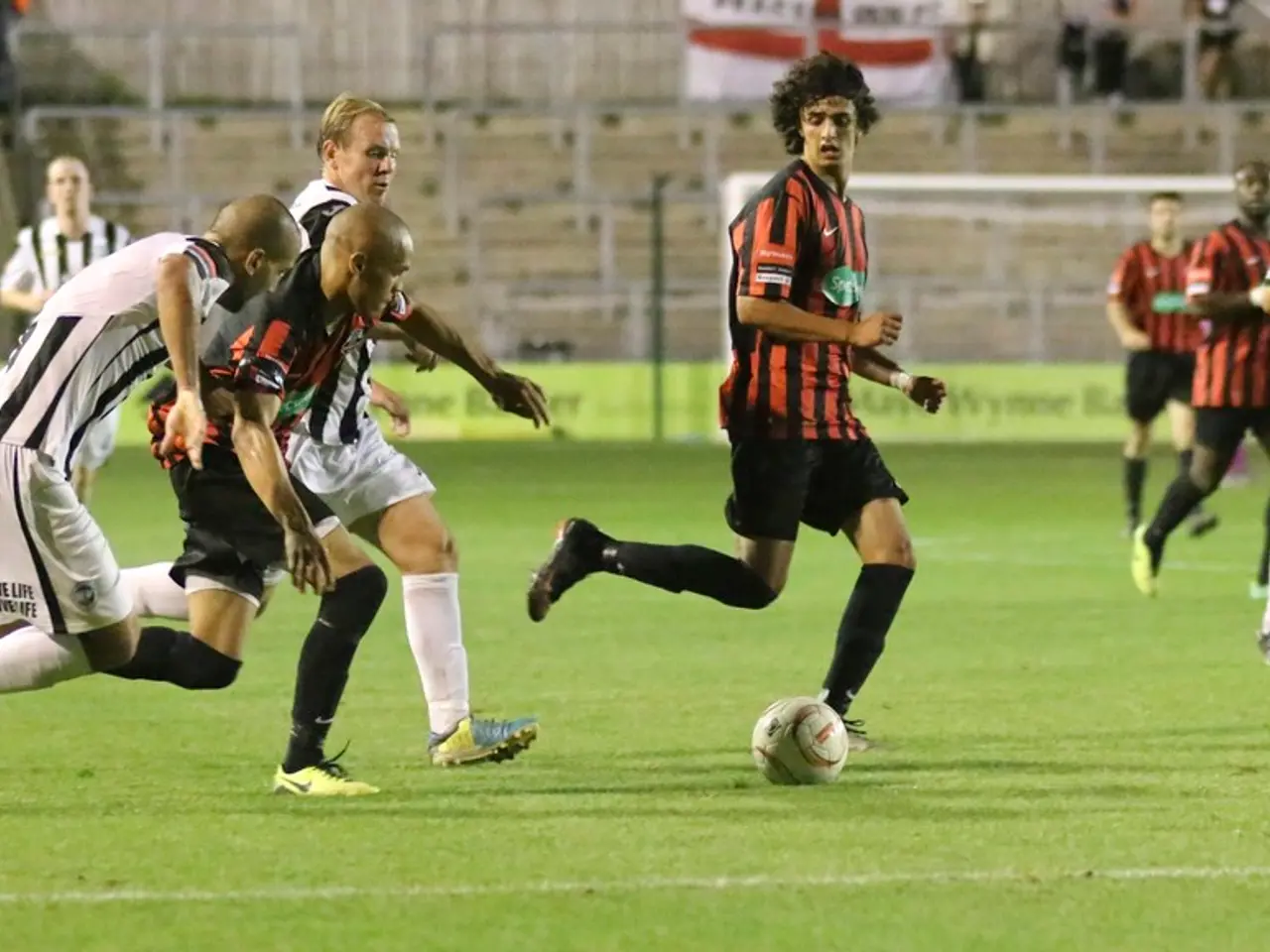Three-Day Content Plan Schedule
In today's fast-paced digital market, a successful product launch requires a strategic approach to engage audiences and convert them into loyal customers. Nadica Naceva's influencer marketing strategies offer a proven method for optimising a 72-hour product launch for maximum engagement and conversion.
The key to success lies in a highly targeted, phased, and data-driven campaign primarily leveraging micro-influencers and strategic content tactics.
**1. Use Micro-Influencers for Community-Led Scalability**
Identify niche micro-influencers whose audience demographics and psychographics closely align with your product. Partnering with micro-influencers creates distributed brand evangelism, where each influencer acts as a mini-launch pad, amplifying reach without diluting engagement. This leads to a slow-burn growth engine that sustains momentum beyond the initial launch phase.
**2. Structure a Phased Rollout within the 72 Hours**
Break the launch into waves/phases, each with defined dates, content themes, and approval checkpoints. Embed this phased “Rollout Timeline” directly in influencer briefs and project management tools, ensuring smooth and timely content delivery and real-time campaign pivots.
**3. Leverage Data-Driven Optimisation**
Use real-time insights from influencer referral codes and utility redemption data to continuously refine messaging, creatives, and reward tiers during the 72-hour window. This dynamic adjustment helps maximise conversions by reacting quickly to what content or offers resonate most.
**4. Optimise Content According to Influencer Tier & Style**
For micro-influencers, encourage warm, personable, and compassionate captions as these increase engagement. Avoid overt product-only shots; instead, put emphasis on authentic influencer imagery that features the influencer themselves, enhancing parasocial bonds with the audience. Use a moderate number of hashtags to boost visibility while maintaining authenticity.
By combining these strategies, your product launch can maximise both engagement and conversion effectively. The following table summarises the strategy elements, details, impacts, and how they contribute to the overall success of the launch:
| Strategy Element | Details | Impact | |-------------------------------|------------------------------------------------------|--------------------------------| | Micro-Influencer Targeting | Niche audiences aligned via persona modeling | High affinity + intent traffic | | Phased Rollout Timeline | Structured waves with themes, dates, and check-ins | Timely, coherent campaign flow | | Data-Driven Pivoting | Real-time monitoring of redemption & referral codes | Maximize conversions dynamically| | Content Style Tailoring | Warm language, personal imagery, moderate hashtags | Boosts engagement & trust |
Over the course of the 72-hour launch, various tactics are employed to maximise engagement and conversion. These include the use of countdown overlays, personalised product seeding, and targeted follow-ups.
At T+72 h, an Insights Debrief is executed with the internal team and influencer partners, consolidating click-through rates, influencer referral conversions, and sentiment analysis from social listening tools, mapping performance back to each milestone's deliverable SLAs.
By T-72 Hours, an email and SMS with an animated countdown GIF, a bold headline, and a single-button CTA are sent, leveraging the scarcity principle. T-24 Hours involves an Instagram Stories sequence combining time-stamped packaging line footage, user testimonials, and a built-in poll, aimed at humanising the final mile and surface authentic influencer reviews or customer unboxings.
T-1 Hour involves all-channel push notifications heralding "1 Hour Left" with minimal copy and a bold CTA, aimed at activating FOMO apex and last-minute traffic surge. During a hyper-compressed countdown, prioritise conversion objective ads on Meta and TikTok, then retarget engaged viewers with lower-funnel offers.
No-code tools enable you to mint and distribute limited "digital collectibles" or redeemable codes in under 24 hours, grafting a scarcity mechanic onto your countdown. The structured follow-up not only boosts short-term revenue but transforms a one-off launch into a data-rich playbook for continuous influencer activation.
Adopt an "invite-only" cadence: share exclusive behind-the-scenes clips with nano-influencers at T-48, then host a private livestream at T-6. The 72-hour posting cadence is used to maximise audience touchpoints across owned, earned, and paid channels.
T-6 Hours involves a hosted livestream on TikTok or Instagram, featuring a 6-hour countdown overlay, live Q&A, product demos, and exclusive flash giveaways to commenters, aimed at leveraging urgency and social proof in real time.
By integrating these learnings into the standard influencer briefing process, building a modular countdown block that can be toggled on for any product, region, or seasonal campaign, you can ensure "launch day energy" becomes a repeatable competitive advantage.
- In the 72-hour product launch campaign, incorporate entertaining content strategies for micro-influencers, such as posting warm, personal, and compassionate captions on social media, to promote engagement with the audience.
- To generate buzz and maintain the momentum of the launch, create engaging content on social media platforms like TikTok or Instagram, such as live Q&A sessions, product demos, and exclusive flash giveaways, to keep audiences excited and convert them into loyal customers.
